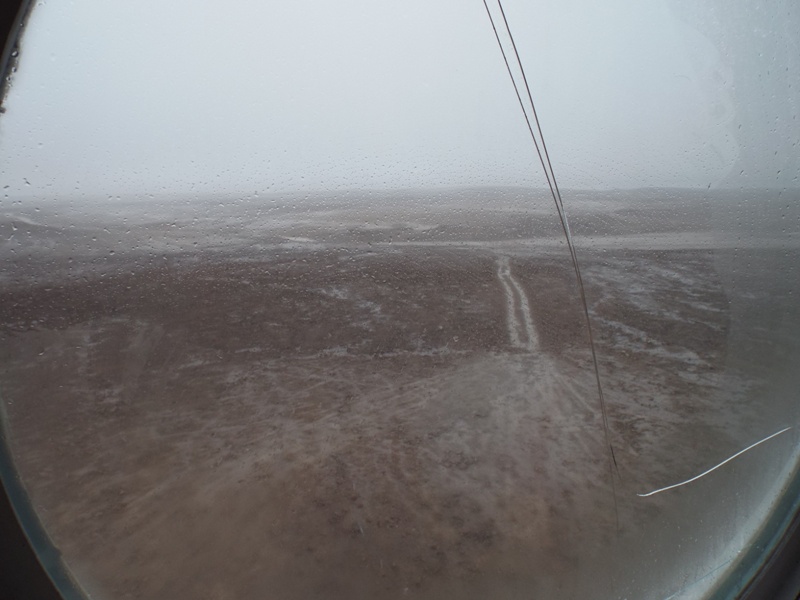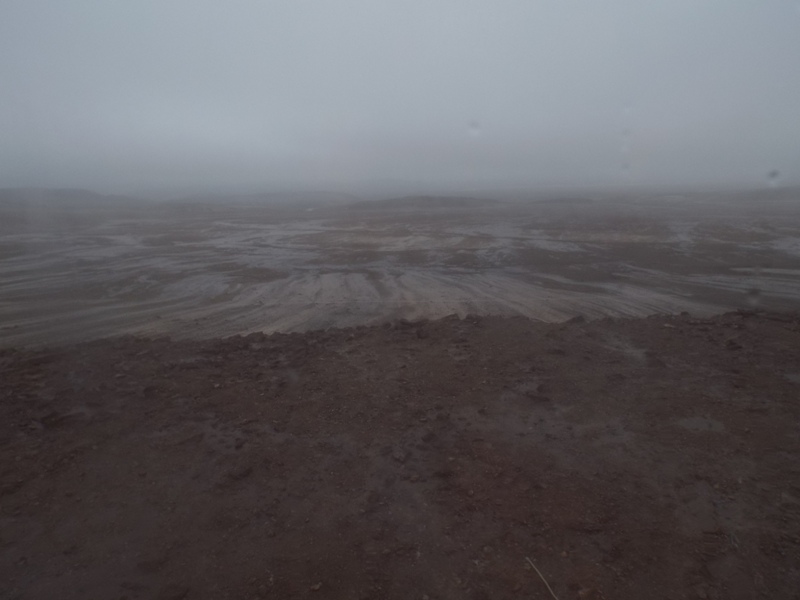FMARS-15 Sol Summary Report 28-07-2023
Mission Status: All Nominal
Sol Activity Summary: Today was meant to be our first day off, although it was partially busy.
We had no planned EVAs, allowing the crew to focus on personal tasks. However, we did
retrieve water from the local stream, collecting approximately 180 liters, and dedicated time to
clean the kitchen and upper hab.
The engineering team continued their mission at a less frantic pace. They installed new lights in
the common area of the station, making substantial progress toward the 2nd-floor main area LED
lighting completion. Tasks include securing armored cable runs, mounting switch boxes, and
making final electrical connections.
Windsock installation at the north end of the FMARS airstrip was successful and functioned as
planned. Incineration of items continued, with six-barrel loads incinerated today and three more
scheduled for tomorrow. The generators continue to run on a mix of new and old fuel at a ratio of
50/50.
Commander’s Report – Sol 5: Weather conditions were clear with sunny skies. The wind was
calm and slightly variable in the morning, building to gentle to moderate in the afternoon,
leading to a drop in temperature. Temperatures ranged from low to mid-teens Celsius.
During the day, the crew conducted an internet meeting with pupils from Kurwongbah State
School in Queensland, Australia. The team enjoyed a relatively relaxed day in the habitat
following this meeting. We used the time to catch up on advancing science projects, updating
maps and GIS databases, and completing pending engineering tasks that often get postponed due
to other priorities.
We disposed of accumulated rubbish and waste in the afternoon through incineration, taking
advantage of favorable wind conditions. A water replenishment run was also carried out, and we
observed that the water level was still dropping, albeit at a slowed rate. We erected a windsock as
a navigation aid at the southwest end of the landing strip. Later, an unscheduled EVA on foot was
undertaken to examine the effectiveness of visor modifications (an improvised external sun
visor) and the impact of extensive suit repairs on mobility at a separate suit’s waist/upper leg
interface. The traverse covered 1.5 km, including GPS locating the newly positioned windsock,
and confirmed the location of a previously acquired creek crossing. No polar bears were
encountered during the EVA.
EVA Activity: Crew FMARS15 conducted EVA #5, which included Commander Andrew
Wheeler and XO D. Terry Trevino, with Science Mission Lead Olivia Drayson serving as a bear
guard. The unscheduled EVA aimed to test the effectiveness of an improvised external sun shield
for improved helmet ventilation and visibility against a low sun angle. A second suit with
extensive repairs was also trialed to assess its impact on mobility. Secondary objectives included
obtaining GPS locations for the newly erected windsock at the landing strip and confirming
previous acquisitions at several creek crossings. The sun visor proved effective, but the suit
repairs need modification to improve mobility. GPS coordinates were successfully collected, and
the total EVA time was 30 minutes.
Science Officer Olivia Drayson’s Research Report – 26 July 2023:
● EVA: One miniature EVA took place to collect GPS data on nearby landmarks for the
map under production.
● Algal Investigation: Samples collected during EVA2 and EVA4, including cyanobacteria
algae, were inspected under a microscope. A previously packed-away microscope was
found inside the habitat, and we successfully viewed a sample of cyanobacteria mounted
onto a glass slide using the 100X oil lens. A plan to track the growth rate of the
cyanobacteria samples has been initiated, and an EVA to return to the algal mat will be
conducted.
● Microplastics Study: The Nile Red stock was added to a lake sample for microplastic
detection. We viewed the slide under the fluorescent microscope; further investigations
and testing are scheduled for tonight.
● Mapping the Surface: Commander Andrew began developing a detailed map using GPS
coordinates collected during EVAs.
● Human Factors Study: Heart rate variability continues to be tracked, and the crew
consistently completed two meditation sessions per day during the simulation.
● Crew Comfort, Health, and Safety: Doors were left open, and a fan was set up to extract
air from the attic, dramatically dropping CO2 levels from previous days. However, Total
Volatile Organic Compounds (TVOC) levels, including Benzene and Formaldehyde,
remain a concern. Despite the ventilation system, the upper floor still reads the maximum
limit for TVOC at 9.99 mg/m3, and the attic has around 8 mg/m3. The crew continues to
search for solutions, and the dehumidifiers will be cleaned and tested as higher relative
temperatures and humidity in the upper level are believed to be causing greater
off-gassing and accumulation of these pollutants.



